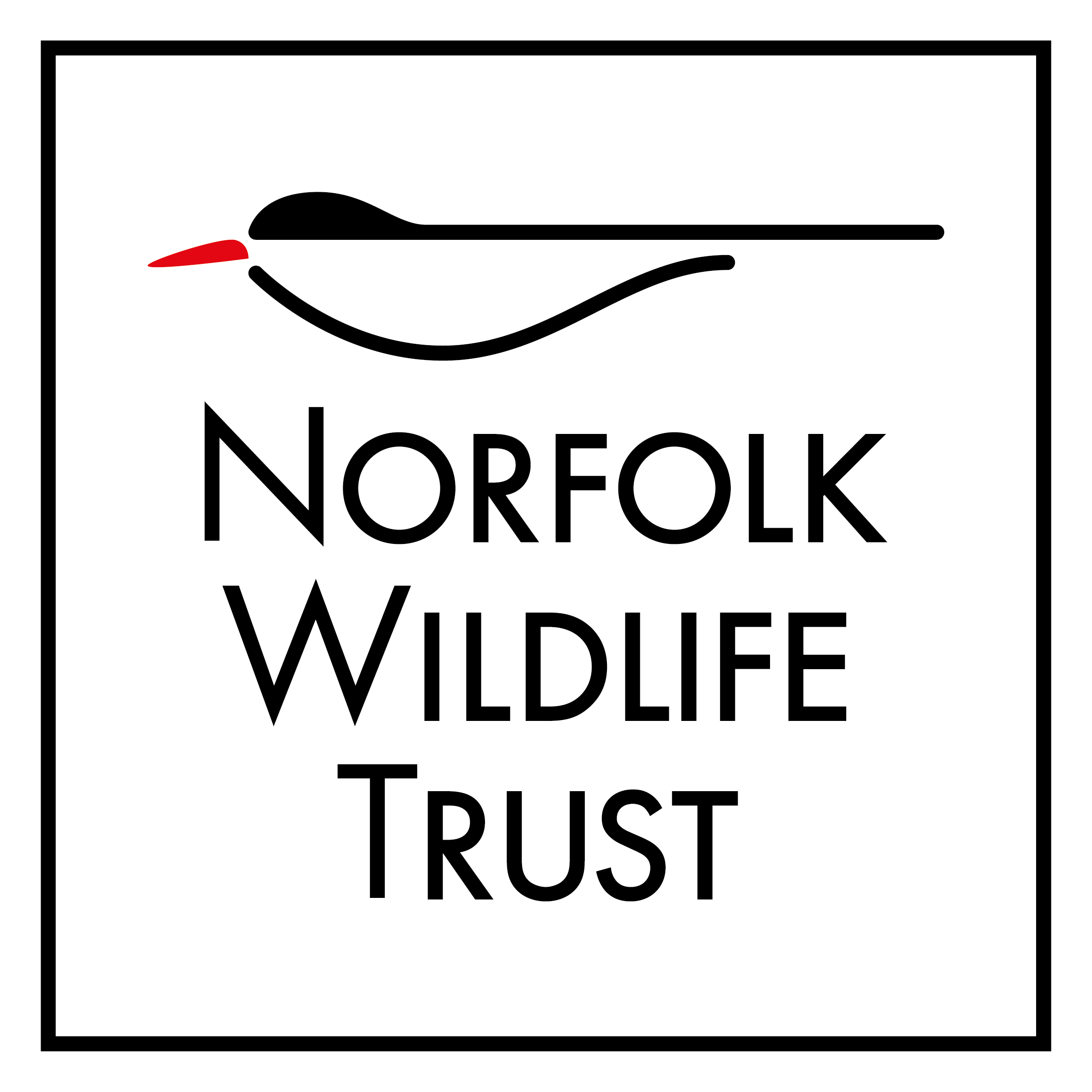Search
Search
Thorpe Marshes
Bordering the River Yare, Thorpe Marshes is an important urban nature reserve. Located on the eastern fringe of Norwich, the site brings the wildlife of the Norfolk Broads into the city itself.…
Norwich Local Group
From learning more about our amazing natural heritage, to taking part in conservation work, and fundraising for the future – joining a Local Group provides invaluable support for Norfolk's wildlife.
A trip to Thorpe Marshes - getting back to nature
Our Youth Forum member, Joseph Newstead, enjoys a visit to Thorpe Marshes to de-stress.
Sign up for nature news
NWT Thorpe Marshes guided walk (27 March)
Join local naturalist, Chris Durdin, for a meander at NWT Thorpe Marshes and discover the reserve’s wildlife.
NWT Thorpe Marshes guided walk (11 February)
Join local naturalist, Chris Durdin, for a meander at NWT Thorpe Marshes and discover the reserve’s wildlife.
NWT Thorpe Marshes guided walk (17 December)
Join local naturalist, Chris Durdin, for a meander at NWT Thorpe Marshes and discover the reserve’s wildlife.
NWT Thorpe Marshes guided walk (15 January)
Join local naturalist, Chris Durdin, for a meander at NWT Thorpe Marshes and discover the reserve’s wildlife.
NWT Thorpe Marshes guided walk (21 April)
Join local naturalist, Chris Durdin, for a meander at NWT Thorpe Marshes and discover the reserve’s wildlife.
Spring bird song at NWT Cley Marshes 3 April)
Join local author and naturalist David North on a walk through Cley's varied habitats and discover how to tell a singing reed warbler from a sedge warbler.
Life Changing: Wildlife arrivals and departures waymarking spring
Join naturalist David North for a spring walk at NWT Cley and Salthouse Marshes to discover how nature responds to the changing seasons.
